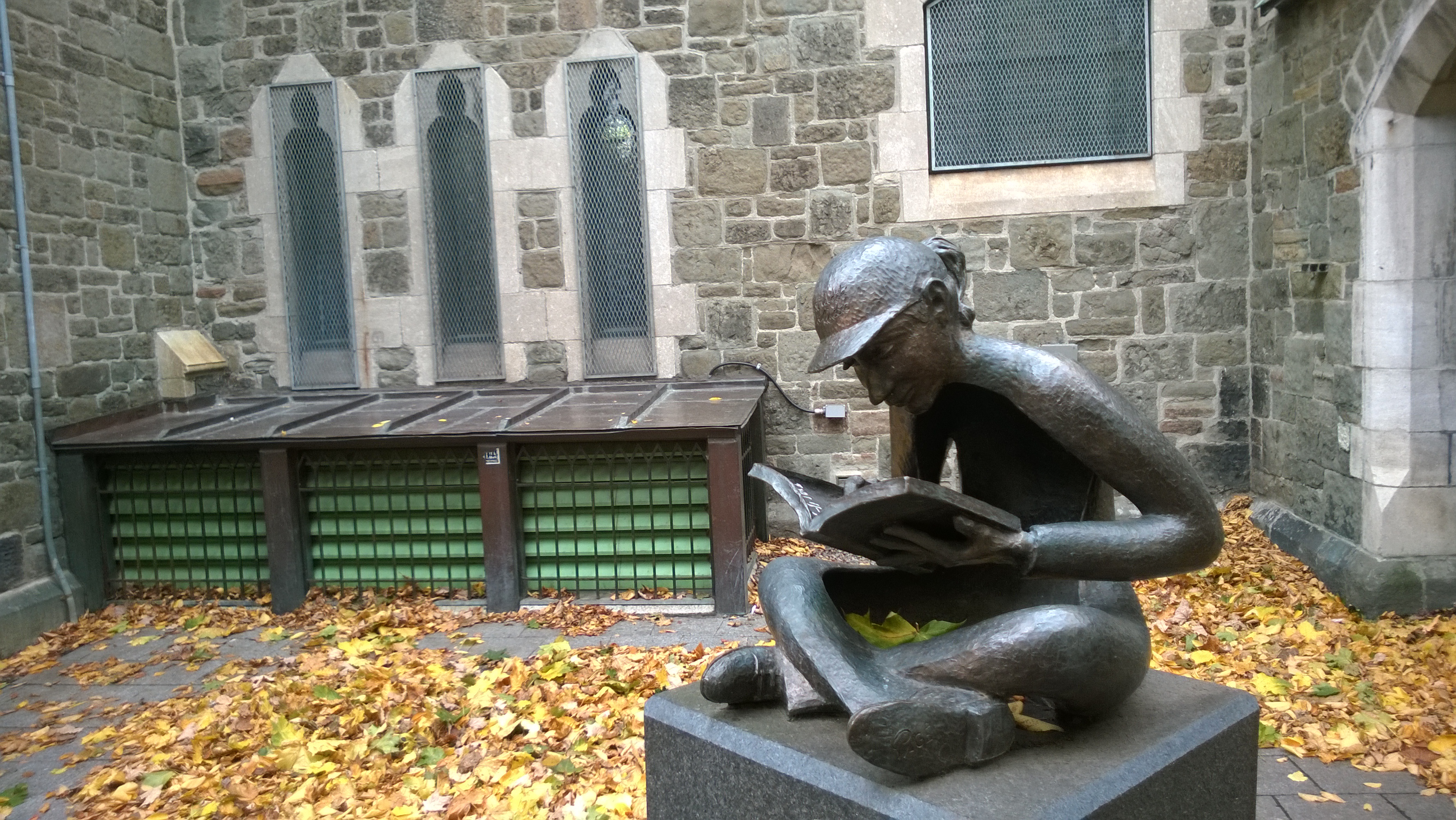Using technology to help students take risks
Rather than use technology to make education more efficient, why not use it to help students take more risks in learning? That’s the question that Greg Toppo poses in an article for The Hechinger Report. “Good teaching is not about playing it safe,” Toppo writes. “It’s about getting kids to ask questions, argue a point, confront failure and try again.” He’s exactly right. By helping students push boundaries, we help them learn to think more critically, understand themselves more fully, and solve problems more effectively. Technology can indeed help with that. I’ve found that demonstrating and having students try new types of hardware or software often opens up thinking and sparks surprising creativity. My advice: Subvert away.
A good message about learning and doing, eventually
Wired magazine jumped on the sky-is-falling bandwagon last week, declaring, “American Schools Are Training Kids for a World That Doesn’t Exist.” Amid the alarmist words and some self-promotion, though, the article, by David Edwards of Harvard, makes some good points. Edwards argues that students need more opportunities to work in loosely structured environments like innovation labs and culture labs, which give them hands-on experience in using their own ideas to tackle big problems. “Learning and doing have become inseparable in the face of conditions that invite us to discover,” Edwards writes.

When new ways of teaching aren’t so new
Buzzwords permeate education as much as any other profession. Often those buzzwords are just repackaged versions of tried-and-true techniques. Katrina Schwartz reminds us of that in an article for MindShift, writing about how school administrators and non-profits push “new” approaches onto teachers even though the teachers have used those same approaches for years. That can be especially disheartening when teachers adopt new techniques, only to have impatient administrators pull back financing. “To avoid that kind of disillusionment many teachers have decided the best policy is to keep their heads down and continue to do what works — using trial and error to figure out how to reach kids, sticking to the textbook, and focusing on building strong relationships with students,” Schwartz writes.
Briefly …
In the Tomorrow’s Professor eNewsletter, Roben Torosyan writes about a book so useful to his teaching that it took him 10 years to finish. … Diverse: Issues in Higher Education writes about the trend of requiring undergraduates to take 15 credit hours a semester to help them graduate in a reasonable time. … The Chronicle of Higher Education writes about a professor’s idea to have researchers explain their work in the style of BuzzFeed.
Tech tools
The message scheduling service Buffer offers a list of useful tools for creating images for social media.